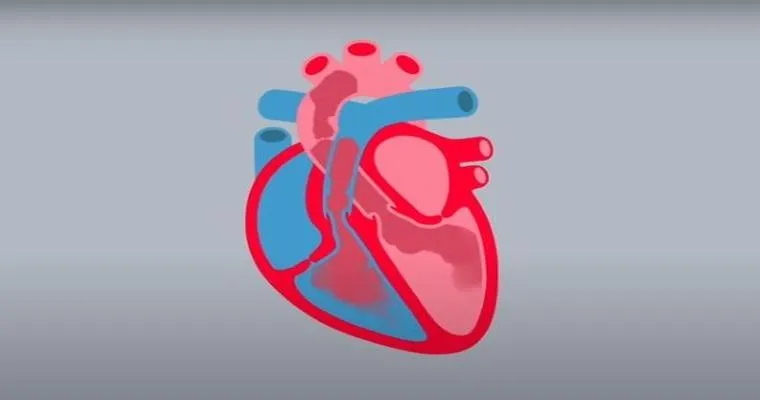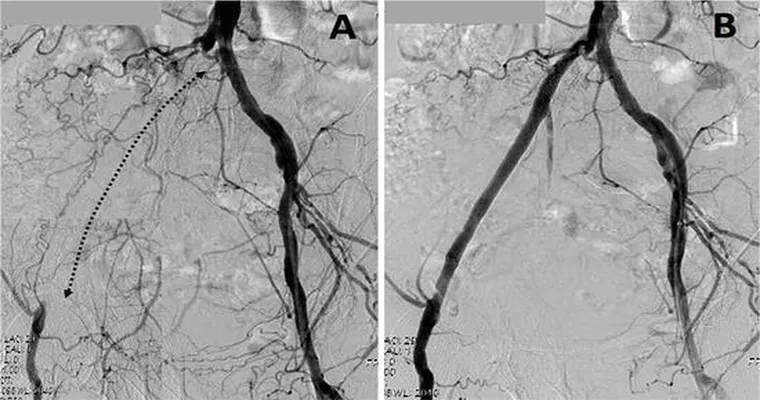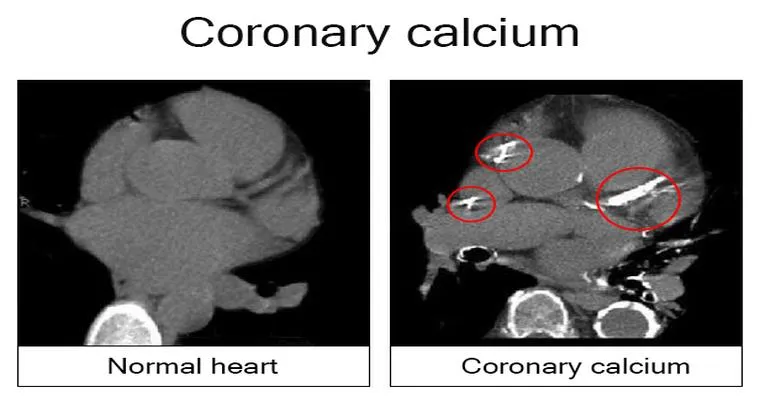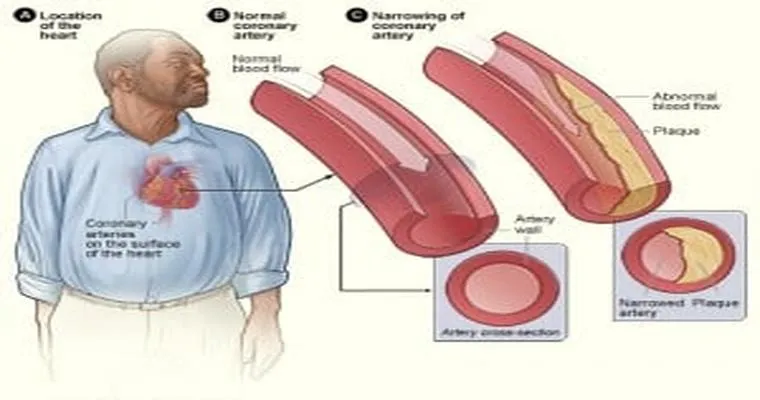Living with an "arrhythmia" can be a challenging experience, but understanding this condition is crucial for effective management. An "arrhythmia" refers to an irregular heartbeat, which can manifest as a heartbeat that is too fast, too slow, or erratic. Knowing the types, symptoms, and treatment options available can help individuals lead a more fulfilling life despite this heart condition.
What is an Arrhythmia?
An "arrhythmia" occurs when the electrical signals that coordinate heartbeats do not function properly. This can lead to various types of "arrhythmias", including atrial fibrillation, bradycardia, and tachycardia. While some "arrhythmias" may be harmless, others can pose serious health risks, making it essential to consult a healthcare professional for an accurate diagnosis.
Symptoms to Watch For
Individuals living with an "arrhythmia" may experience a range of symptoms, including:
Palpitations or the sensation of a racing heart
Dizziness or lightheadedness
Shortness of breath
Fatigue
Chest pain
Recognizing these symptoms can help individuals seek medical attention promptly, which is vital for effective management and treatment.
Diagnosis and Testing
If you suspect you have an "arrhythmia", your doctor may recommend several tests to diagnose the condition. Common diagnostic tools include:
Electrocardiogram (ECG): This test measures the electrical activity of the heart.
Holter monitor: A portable ECG that records heart activity over 24 hours or longer.
Event monitor: Similar to a Holter monitor but used for a more extended period to capture intermittent "arrhythmias".
Treatment Options
Managing an "arrhythmia" often involves a combination of lifestyle changes and medical treatments. Depending on the severity and type of "arrhythmia", treatment options may include:
"Medications": Antiarrhythmic drugs can help control heart rhythm and rate.
"Lifestyle Changes": Adopting a heart-healthy diet, engaging in regular exercise, and avoiding caffeine and alcohol can significantly improve heart health.
"Procedures": In some cases, medical procedures such as catheter ablation or the implantation of a pacemaker or defibrillator may be necessary.
Living a Healthy Lifestyle
Living with an "arrhythmia" does not mean you cannot lead a healthy and active life. Here are some tips to help you manage your condition:
"Stay Active": Engage in regular physical activity, but consult your doctor about appropriate exercises.
"Monitor Your Heart Rate": Keep track of your heart rate and any symptoms that arise.
"Educate Yourself": Understanding your condition can help you make informed decisions about your health.
"Join Support Groups": Connecting with others who have similar experiences can provide emotional support and valuable information.
Conclusion
Living with an "arrhythmia" requires vigilance and proactive management. By understanding the condition, recognizing symptoms, and working closely with healthcare professionals, individuals can effectively manage their "arrhythmia" and maintain a healthy lifestyle. Remember, you are not alone in this journey; support and resources are available to help you thrive.





